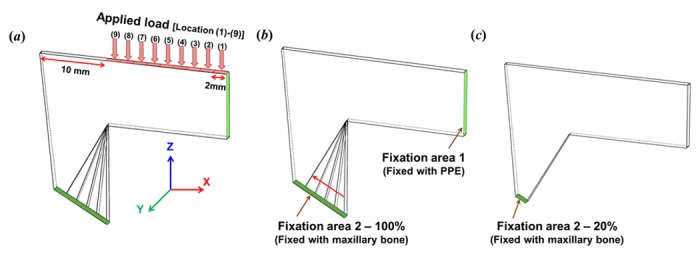Fig 2. Assumptions for the L-strut condition.

A. External pressure (0.01N) was applied to the dorsal L-strut in a vertical direction from the rhinion (location 1) to the supratip breakpoint (location 9) at a 2-mm distance. The load was exerted in the 2-mm-wide dorsal segment. The location 9 load condition is the region of the superior point of the L-strut inner corner. B. Fixation area 1 is the bonding area with the perpendicular plate of the ethmoid bone (PPE) in the dorsal L-strut. Fixation area 2 is the bonding area with the maxillary crest. The contact percentage in fixation area 2 was assumed to range from 100% to 20%. The 100% condition of fixation area 2 was when the intact 1-cm-wide caudal strut was in contact with the maxillary crest. This simulation was based on partial resection of the caudal septal segment posterior of the anterior nasal spine (ANS) during actual septorhinoplasty. C. The 20% condition of fixation area 2 was the 2-mm-wide caudal strut in contact with the maxillary bone posterior to the ANS.
